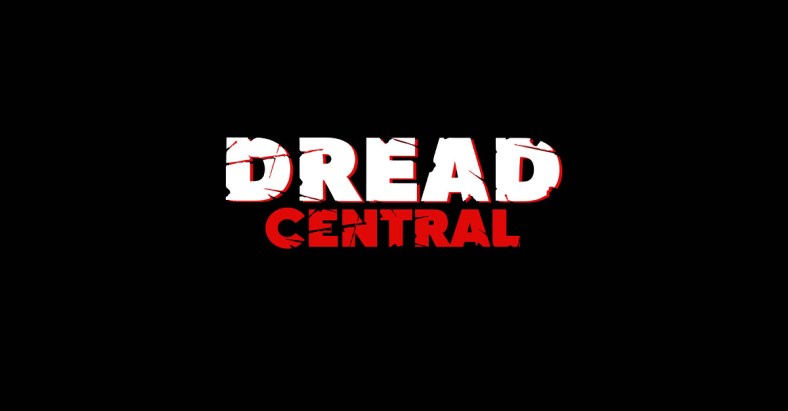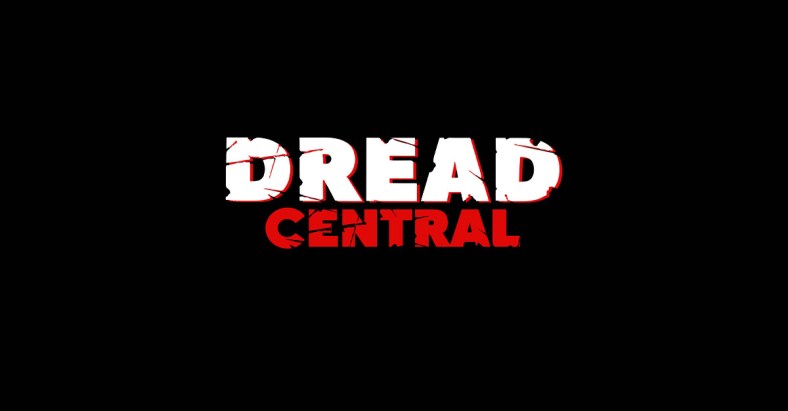Don’t Look Now, The Hitcher and the Power of Existential Horror

What exactly is an existential horror movie? As with defining a horror overall, the answer is often down to personal choice. We are all scared of different things.
Most of the time. There are certain fears and anxieties that seem to transcend the most common fears, and they’re ones that everyone shares whether they openly admit it or not. No, I’m not talking about spiders or heights – this is more to do with the nature of existence itself. Concerns regarding love, life, death, sex and everything in between. Why am I here? Who am I? What is my place in this world?

The Existential Attitude, as described by Robert C. Solomon, is “a sense of disorientation, confusion, or dread in the face of an apparently meaningless or absurd world.” Sure, you may be thinking this is a bunch of philosophical baloney, but the truth is it touches something within everyone.
And when put into the context of horror, it is made all the more frightening for it. Great examples include films like Jacob’s Ladder, Marebito, Martyrs, Under The Skin and many more. The best recent examples perhaps, are The Babadook and Under the Shadow, which both deal with a mother’s handling of death and the following grief through tormenting spirits.
Most horror movies are existential in some way. The threat almost always represents something else. Something within. But some horror films reflect this better than others, touching on an uncanny and barely explainable feeling as a result of an individual’s perception-altering experience.
Don’t Look Now – (Nicolas Roeg, 1973)

So much of what existential horror does relates to people being isolated as an individual. That’s what allows them to have the thoughts laid out above, or to question the nature of their existence and the universe they inhabit. Don’t Look Now is a perfect example of this from the offset, as a bereaved couple move to Venice after the death of their young daughter. Most of the film plays out with the couple attempting to get on with life in this new city, and it’s here where the film is at its most effective and unsettling.
John (Donald Sutherland) and Laura (Julie Christie) don’t see their grief take the form of a monster, supernatural entity or serial killer – at least not for most of the film’s running time. Here the parent’s horror manifests itself in the daylight of Venice, in its canals, church bells and winding streets. It creates an inimitable tone that is present across much of Roeg’s filmography, though never quite as effectively as this.
By the time the film’s climax hits, with a revelation that fits some of the pieces together, the audience is overcome with the aforementioned existential attitude. As the “child” John chases throughout Venice is revealed to be a dwarf serial killer who promptly butchers him to death, he experiences an epiphany. He’d been experiencing premonitions of his own death all along, and now his existential crisis comes to a tragic end.
The Hitcher – (Robert Harmon, 1986)

The Hitcher takes the individual experience further, as the entire film takes place with our protagonist Jim Halsey (C. Thomas Howell) alone on the open road. Alone that is except for his tormentor, John Ryder aka The Hitcher, in a truly electrifying performance by Rutger Hauer.
The setup is simple: Jim picks up a hitchhiker, only to soon discover that the man is something of a depraved maniac. Thus commences a movie-long chase, a chase for the thrill of the game – and for Jim’s soul.
If Venice was the platform for John and Laura’s existential anxieties being presented physically in Don’t Look Now, in The Hitcher that role is performed by Ryder – a flesh and blood character. Or is he?
As the film progresses, Ryder comes across as more of an entity than a real person. An irresistible force of moral ambiguity and nihilistic uncertainty. It’s this man and his facets that force Jim to look into himself and think about his darker tendencies. What he’s capable of, or what he’s willing to become.
Jim is eventually driven to chase Ryder himself rather than flee. The hunted becomes the hunter. As Ryder pushes Jim to kill him, his journey is complete. The story closes on Jim leaning against a police car, silhouetted against the night sky and looking very much like The Hitcher himself. He’s confused and disoriented in the face of a meaningless, nihilistic World. The blood, death and murder left in the wake of the psychotic hitcher has been halted. But if Jim has to become more like Ryder in order to stop him, what is the point?
The Quintessential Existential Horror?
The Hitcher is, in my view, the greatest example of existential horror. It touches on all of the aspects discussed here, wrapped up in a simple-but-effective horror tale of a murderous hitchhiker tracking down his prey. The images it creates (featuring some truly beautiful cinematography by John Seale) and the questions it poses result in a truly terrifying concoction worthy of any horror fan’s respect.
What do you think makes a horror movie “existential?” What are your favourite examples? Does it even matter? Let me know in the comments or on Twitter!
Categorized:News Retrospectives

